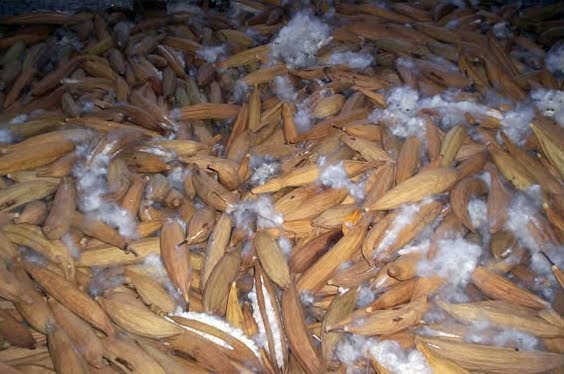
- What Makes Kapok Fiber Sustainable?
- Unique Qualities of Kapok Fiber
- Global Recognition and Certification
- Kapok Fiber: A Light of Hope for the Future
In today’s world, where sustainability is no longer a choice but a necessity, kapok fiber emerges as a natural solution that inspires hope for a better future. Known as the “silk cotton” of nature, kapok fiber is one of the lightest, most eco-friendly, and versatile natural fibers available. Its unique properties make it highly valued across industries such as bedding, furniture, fashion, and eco-conscious textiles.
What Makes Kapok Fiber Sustainable?
Unlike synthetic materials that rely on chemical processes, kapok fiber is 100% natural, biodegradable, and renewable. Harvested from the seed pods of the kapok tree (Ceiba pentandra), this fiber requires no pesticides, fertilizers, or intensive irrigation making it one of the most sustainable materials on the planet. Choosing kapok fiber means supporting an eco-friendly production process that reduces environmental impact while promoting healthier living.
Unique Qualities of Kapok Fiber
One of the most remarkable qualities of kapok fiber is its lightweight yet durable structure. It is naturally water-resistant, hypoallergenic, and resistant to dust mites, making it a safe and comfortable filling for pillows, cushions, and mattresses. Beyond comfort, kapok fiber offers an ethical alternative to polyester and other petroleum-based fibers, aligning with the growing demand for sustainable and responsible products.
Global Recognition and Certification
As global consumers become more environmentally conscious, kapok fiber has gained recognition as a material that bridges luxury with sustainability. With certifications such as OEKO-TEX®, kapok fiber has proven its credibility in international markets, assuring buyers of its safety, purity, and compliance with global quality standards.
Kapok Fiber: A Light of Hope for the Future
By choosing kapok fiber, businesses and consumers alike are not only investing in superior comfort but also contributing to a greener planet. In this way, kapok fiber truly becomes a light of hope for a better and more sustainable future where nature and innovation work hand in hand.
Kapok is a natural fiber that comes from the seed pods of the kapok tree, which grows in tropical areas. Kapok was once used in pillows, cushions, and life jackets. For years, kapok was forgotten because synthetic materials took over. But now, as the fashion world searches for better materials, kapok fiber is making a comeback
Why Kapok Is Great for Sustainable Fashion
a. No chemicals: Kapok trees grow naturally in the wild. It doesn’t need pesticides or fertilizers to grow.
b. No waste: Kapok fiber is fully biodegradable and compostable. It breaks down naturally without polluting the planet.
c. Cruelty-free: Kapok is a natural alternative to down feathers.
d. Very light: Kapok fiber is one of the lightest natural fibers in the world. It’s about 8 times lighter than cotton.
e. Comfortable: Kapok is naturally warm and very comfortable. It’s smooth to the touch, breathable, and hypoallergenic, which means it won’t irritate the skin. It’s perfect for bedding, baby wear, and clothing for sensitive users.
What This Means for the Future
As the fashion world moves toward cleaner, more responsible practices, kapok fiber offers a real and promising solution. With its natural growth process, low environmental impact, and soft, functional qualities, kapok fits perfectly into the future of sustainable design. Choosing kapok isn’t just about finding a new material; it’s about investing in a better, more sustainable future for fashion.
FAQ
What is kapok fiber?
Kapok fiber is a natural, silky-soft material harvested from the seed pods of the Ceiba pentandra tree. Known for its lightweight and buoyant properties, it has been traditionally used in pillows, mattresses, and life vests.
Why is kapok considered a sustainable material?
Kapok grows wild without the need for irrigation, pesticides, or fertilizers, making it one of the most environmentally respectful fibers. The harvesting process involves collecting the fiber from naturally fallen seed pods, ensuring that the trees remain unharmed and the ecosystem is preserved.

